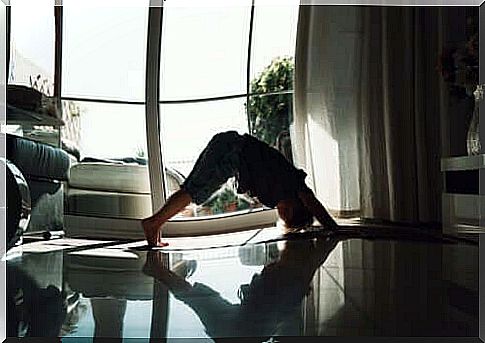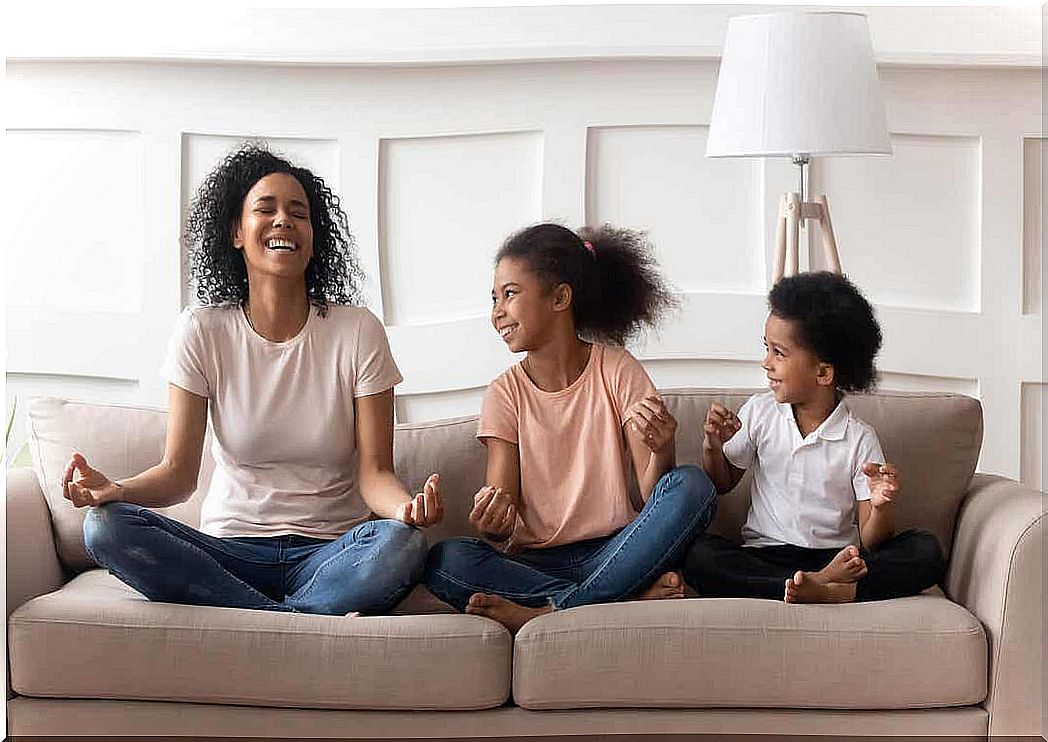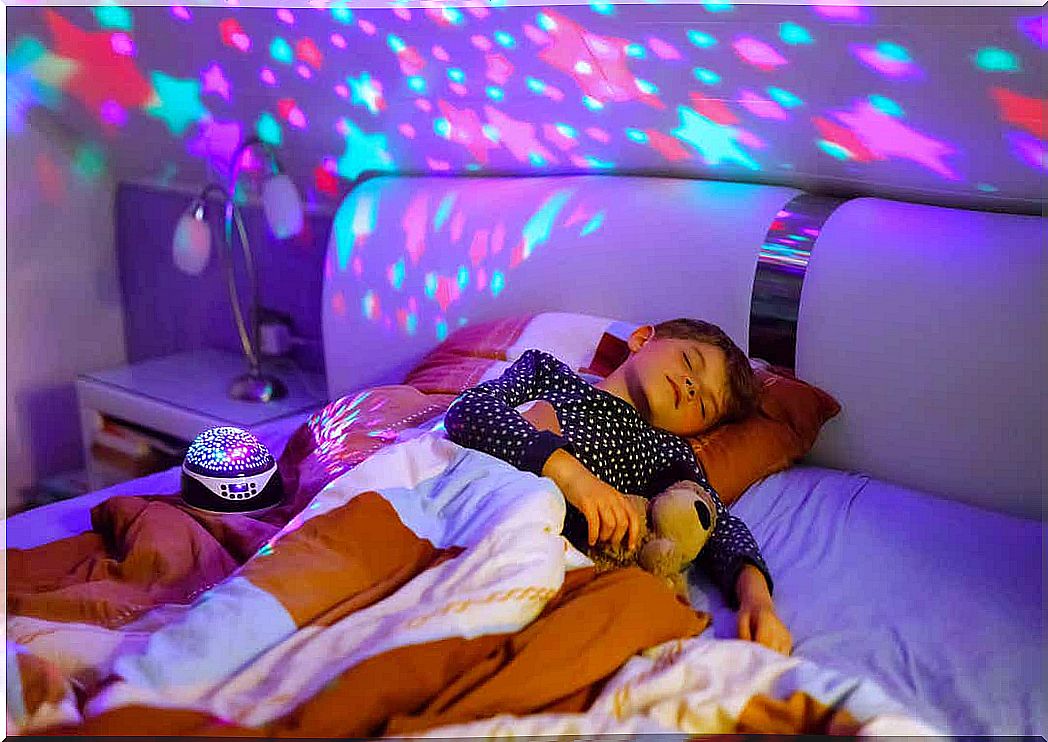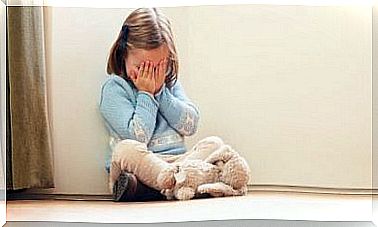Meditation Exercises For Children

Today children are bombarded with excessive activities, screens, lots of information… Their lives are busy and believe it or not, little ones can experience stress too. So meditation exercises for children can help relieve symptoms.
One of the most typical ways parents notice signs of stress, depression, or anxiety is by observing if their child is having trouble falling asleep. Other signs of stress in children include headaches, stomachaches and hyperactivity. Meditation can therefore be the solution.
A very effective way to help little ones deal with and process stress is to meditate. Meditation can help prevent stress in children and resolve it in those who deal with it.
It’s also a great way to help little ones relax after a long day, giving them a good night’s sleep.
You do not need to have any experience with meditation yourself to be able to help your child with this. So, here are some ways to get started.
Meditation Exercises for Kids

Yoga classes for kids
If your child likes to move, yoga can be a great way to learn the basics of meditation. In the western world, our perception is that yoga is primarily a source of exercise.
However, its origin (thousands of years ago) was for meditation purposes. And now most yoga classes for kids also include time to relax and meditate.
Teaching mindfulness at school
Mindfulness exercises provide young children with tools to calm their bodies, relax their minds, and help them deal with their thoughts.
Mindfulness meditations often focus primarily on the breath: Children learn to focus their attention on the breath when their minds start to wander. This not only helps children relax, but also helps them focus better at school.
deep breathing
Deep breathing is a great technique to teach your child. Breathing is natural to us and helps us regulate ourselves in many ways. When a child becomes nervous, anxious or stressed, taking deep breaths can help them regain their balance.
By teaching them deep breaths at home, you can help children remember to use this technique during difficult times of the day.
For starters, you need to focus on your breathing. Talk about the parts of your body where you can feel it – in your nose? throat? chest? belly? Ask your child to tell you about it as they breathe.
Inhale for three seconds, hold your breath for another three seconds, exhale for another three seconds, and pause for another three seconds, until you start again.
If you practice this technique for a while, you can make the sequences longer and longer and let the breath get deeper and deeper. This technique is very good for both adults and children who have difficulty falling asleep. When the mind wanders (which it will), you can refocus on counting and breathing.
Mantras in meditation
You can practice pronouncing mantras with your child. In that sense, repeating the same prayer that both you and your child find important can also help your child meditate. Practice the sentence and adapt it so that it is easy to pronounce; have your child repeat it with eyes closed.

Some examples of mantras that may work include the following:
- I love my life and life loves me.
- I am always loved and love comes easily to me.
- My heart is full of love and I love myself more than anyone or anything.
- I let go of what doesn’t suit me.
- I am thankful for…
- The world is a safe place and my home is even more so.
- I have everything I need and can take good care of myself.
- My body is healthy and my mind is strong.
Meditation Exercises Before Bed For Kids
Bedtime meditation exercises for children are very helpful in calming the nervous system and lowering the level of stress hormones in the child. In general, a child can meditate for the number of minutes corresponding to his age. However, if meditation makes your child relax, it may last longer and will ease the transition to sleep.
To achieve this, you need to create a calm and peaceful environment in your child’s bedroom, with soft lighting, soft music and even aromatherapy. You can even use an app with guided meditations. Your child will learn to relax body and mind, and will fall asleep and rest much more easily.
As you can see, there are different ways to meditate and you can choose the one that best suits the needs and abilities of your children. What are you waiting for to put them into practice?









